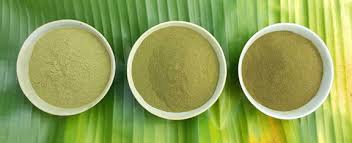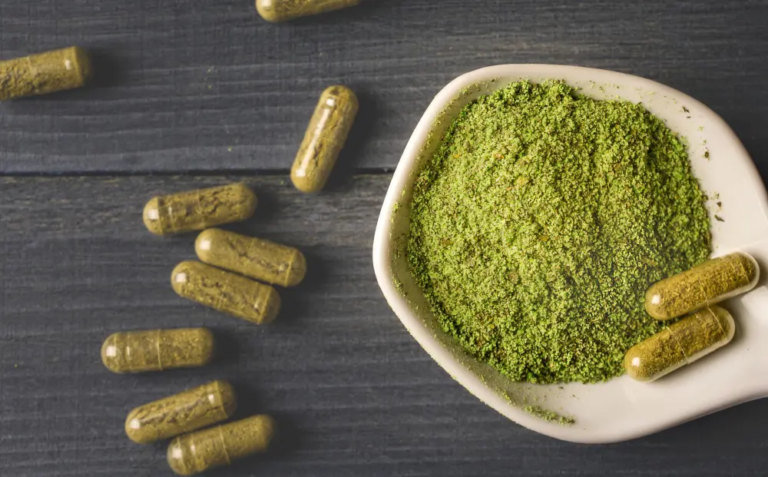Kratom – Lethat Drug or Medicinal Miracle?

Kratom (scientific name mitragyna speciosa) is a tropical tree in the coffee family indigenous to Southeast Asia. It is used for everything from recreation to self-medication.
Some people have used it for an energy boost while others have taken kratom in place of highly addictive prescription painkillers to deal with chronic pain. Then there are those consumers who use kratom to manage their opioid addiction and manage withdrawal symptoms. In fact, kratom has been used to wean opium addicts in Thailand for at least nine decades.
Is it deadly?
That’s not entirely clear. While the U.S. Centers for Disease Control and Prevention reports that poison centers across the country have received 660 called related to kratom-use over a five-year period, many of those incidences seem to have also involved another substance including ethanol and narcotics. Over 65 percent of reported kratom exposure resulted in minor to moderate side effects; while about 26 percent saw no effects at all. Less than a tenth of reports resulted in life-threatening symptoms or death, according to the CDC. But in one fatality, the person who used kratom also had anti-depressants and a mood stabilizer present in their system.
What would a federal ban mean for kratom research?
Banning kratom would spell the end of most research. Licensing requirements would prohibit researchers from studying kratom if the DEA were to classify it as a Schedule 1 substance. Most scientists are licensed to test Schedule 2 to Schedule 5 drugs, McCurdy said. Schedule 1 licenses are few and far between, and are heavily restricted.




